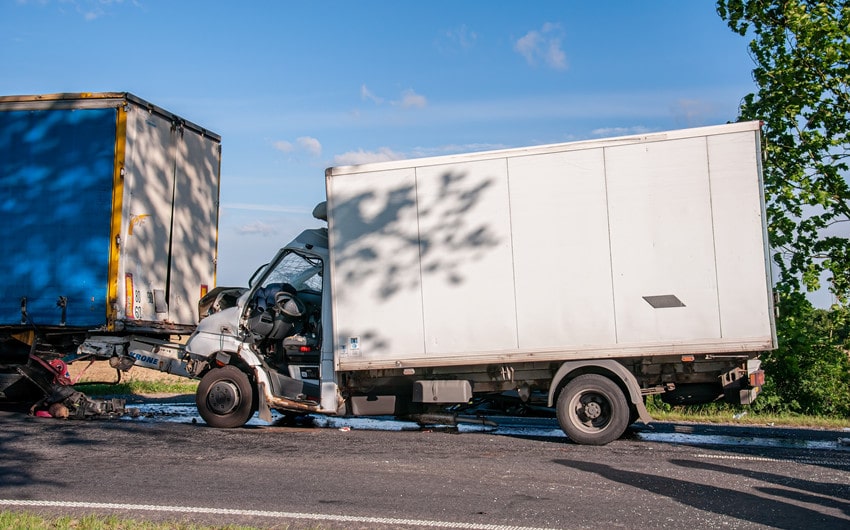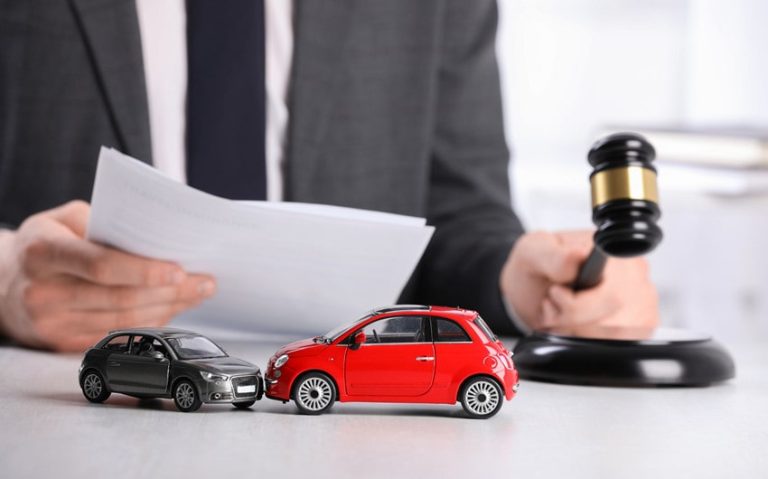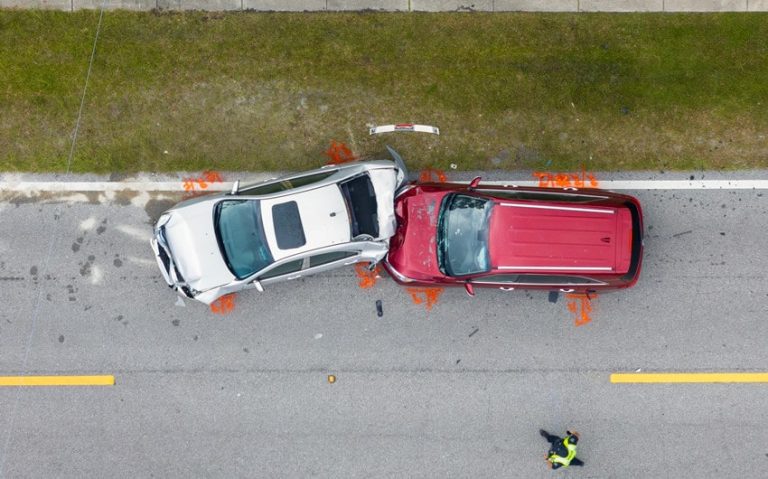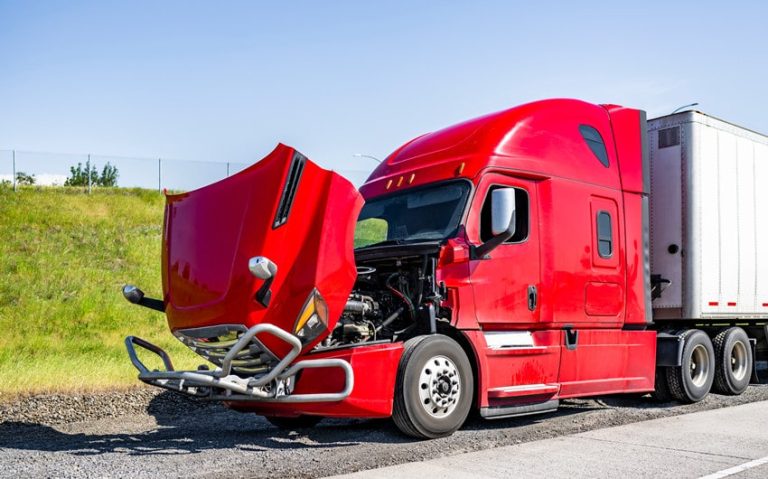How to Prove Fault in a Commercial Truck Accident
Proving fault in a commercial truck accident can be a challenging process, often involving multiple parties, complex evidence, and legal intricacies. Unlike standard car accidents, commercial truck accidents may include larger companies, insurance policies, and unique regulations that complicate the process. Understanding how to gather and use evidence effectively is crucial in establishing fault and securing compensation.
Key Parties That Could Be at Fault
In a commercial truck accident, determining who is at fault isn’t always straightforward. There can be multiple parties responsible, each playing a different role in the accident:
- Truck Driver: The most obvious party to consider is the truck driver. Fault may be due to driver errors such as fatigue, distracted driving, speeding, or driving under the influence. These behaviors are often preventable and can be clearly attributed to negligence on the driver’s part.
- Trucking Company: The company that employs the driver may also bear responsibility. This can occur when companies push drivers to work beyond legal hours, fail to maintain their vehicles properly, or engage in poor hiring practices that put unqualified drivers on the road. The company’s role in maintaining safety standards is critical in preventing accidents.
- Vehicle Manufacturer: Sometimes, the fault lies with the truck itself. Defective parts, such as brakes or tires, can lead to mechanical failures, making the vehicle manufacturer or parts supplier liable. Identifying a manufacturing defect can shift the blame away from the driver or company to those responsible for producing safe equipment.
Understanding which parties could be at fault is the first step in building a strong case for compensation.
Gathering Evidence to Prove Fault
Collecting the right evidence is essential to proving fault in a commercial truck accident. This evidence helps reconstruct the events and demonstrates negligence:
- Accident Scene Evidence: Gathering evidence at the accident scene is crucial. Photos and videos of the damaged vehicles, skid marks, road conditions, and any visible injuries can provide critical context. This visual documentation helps paint a clear picture of what happened.
- Witness Statements: Eyewitness accounts can be invaluable. Witnesses can offer objective descriptions of the events leading up to the accident, including the truck driver’s behavior. These statements can support other evidence and add credibility to your claim.
- Police Reports: An official police report is an essential piece of evidence. It often includes details about the accident, such as who was involved, initial observations of fault, and any citations issued at the scene. Police reports are generally seen as reliable sources of information in legal proceedings.
Leveraging Expert Analysis
Experts can play a crucial role in proving fault, especially when the evidence isn’t immediately clear-cut. These professionals can help interpret technical aspects of the accident that may be beyond a layperson’s understanding.
- Accident Reconstruction Experts: These experts analyze the physical evidence from the scene to recreate the events of the accident. Using data like vehicle speeds, impact points, and skid marks, they can offer insights into how the accident happened and who is likely at fault.
- Mechanical Experts: If a mechanical failure is suspected, mechanical experts can examine the truck to identify any malfunctions that contributed to the accident. Their analysis can prove whether a part defect played a role, helping to determine if the vehicle manufacturer or maintenance provider bears responsibility.
Expert testimony can be pivotal in proving fault, as it provides a detailed, professional assessment of the factors that led to the crash.
Role of Digital Evidence
In the digital age, additional forms of evidence can be instrumental in proving fault. These technologies offer real-time data that can be crucial in supporting your case:
- Dashcam Footage: Many commercial trucks are equipped with dashcams that record the road ahead. This footage can provide an unaltered view of the moments leading up to the accident, capturing driver actions, road conditions, and other critical details.
- Electronic Logging Devices (ELDs): ELDs track a truck’s movements, speed, and driver hours. This data can reveal if the driver was exceeding speed limits or driving beyond regulated hours, both of which can contribute to fatigue and accidents. In the case of a FedEx truck accident, for example, ELD data could show whether the driver was adhering to safety protocols or if violations occurred.
Using digital evidence provides a level of accuracy and reliability that can significantly strengthen your case when proving fault.
Legal Steps to Take
If you’re involved in a commercial truck accident, taking immediate legal steps can protect your rights and increase your chances of a successful claim:
- Hiring a Specialized Lawyer: Truck accidents are complex and often require a legal expert with specific experience in commercial vehicle cases. A specialized lawyer can navigate the intricacies of truck accident laws, help gather crucial evidence, and represent your best interests in negotiations or court.
- Filing a Claim Against Responsible Parties: Once fault is established, your lawyer can help you file a claim against the at-fault parties, whether it’s the driver, the trucking company, or the vehicle manufacturer. Understanding the legal process and having professional guidance ensures that you pursue all possible avenues for compensation.
Conclusion
Proving fault in a commercial truck accident requires a thorough understanding of the parties involved, comprehensive evidence gathering, expert analysis, and strong legal representation. By taking the right steps, you can build a compelling case that holds the responsible parties accountable and helps secure the compensation you deserve.





